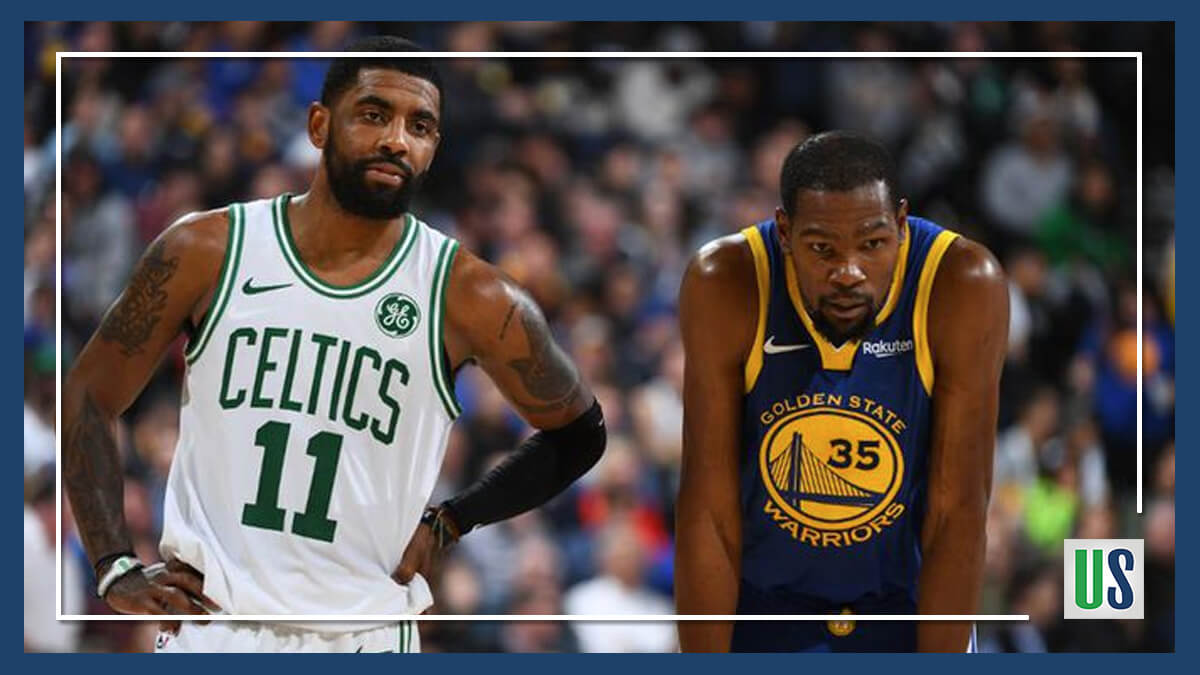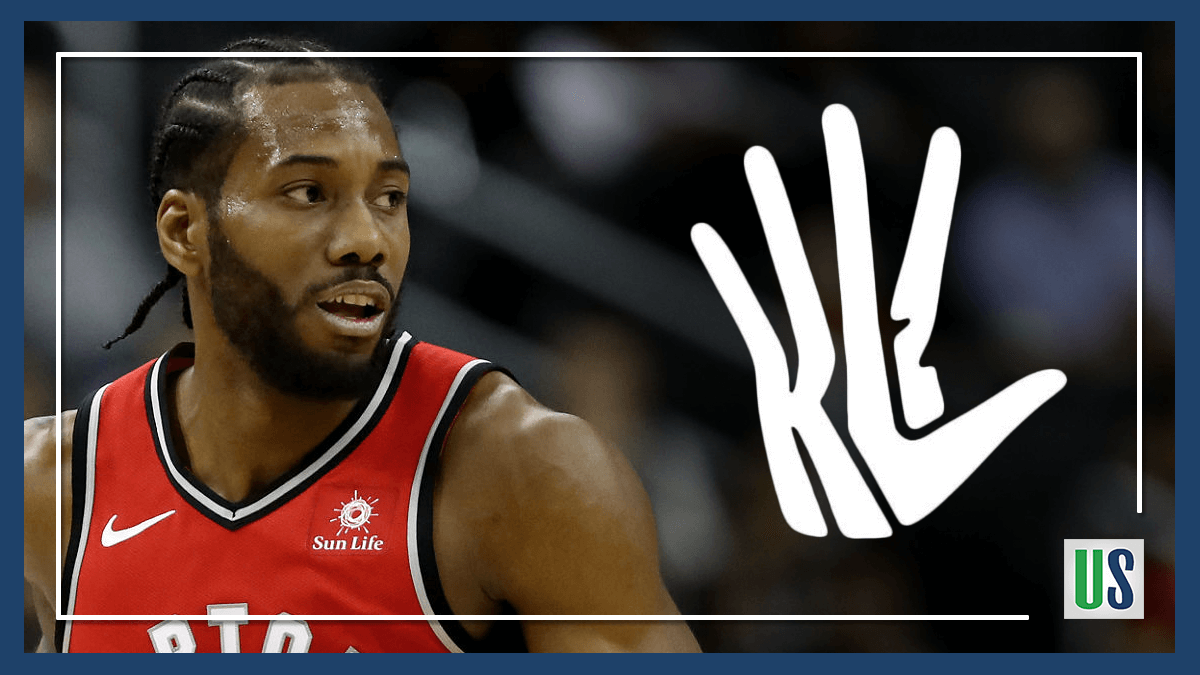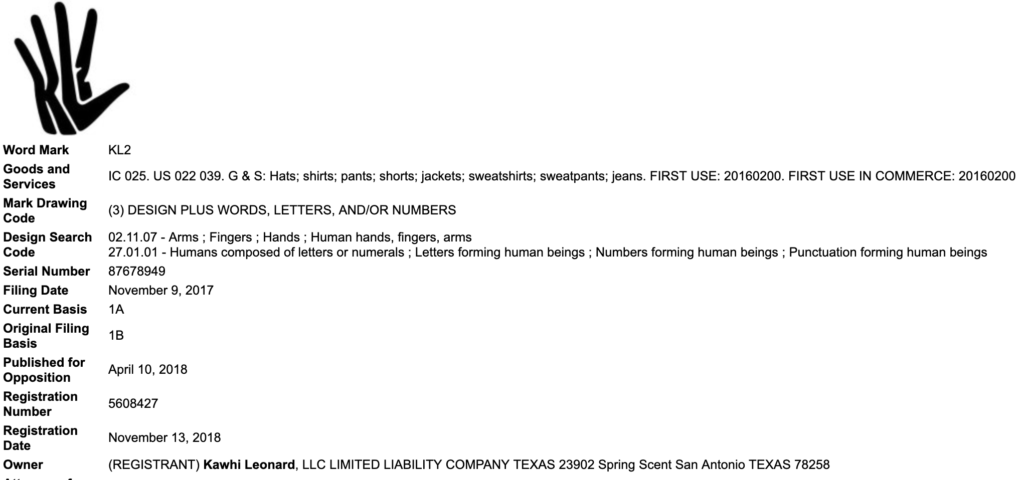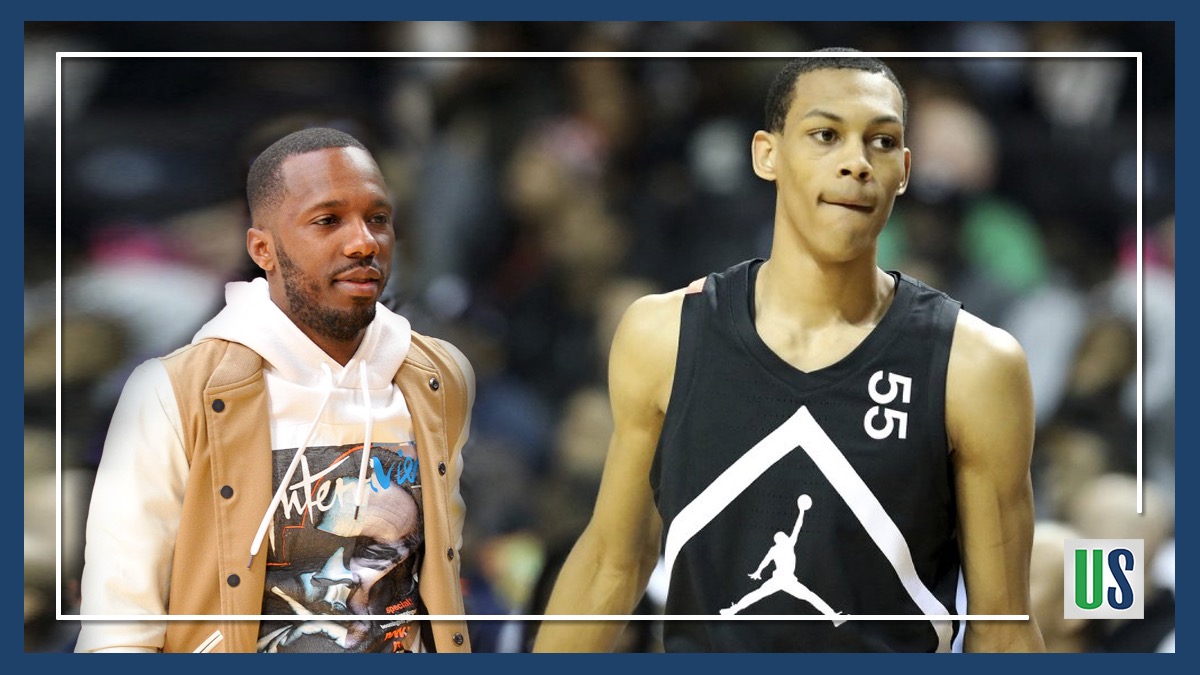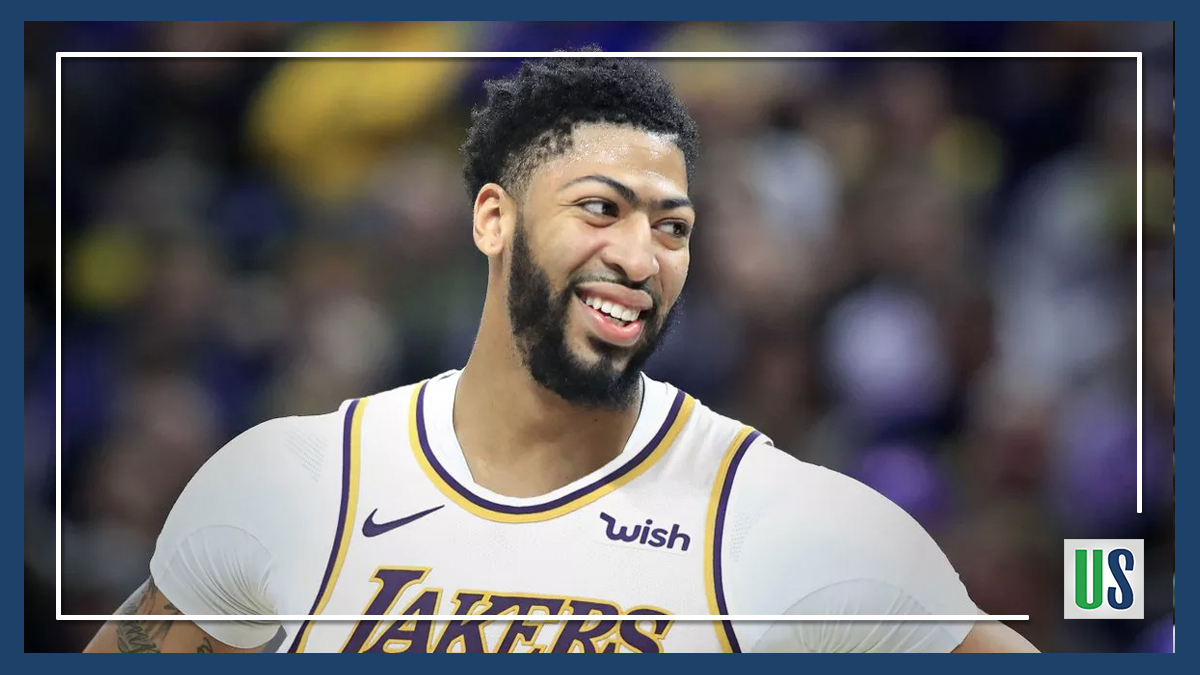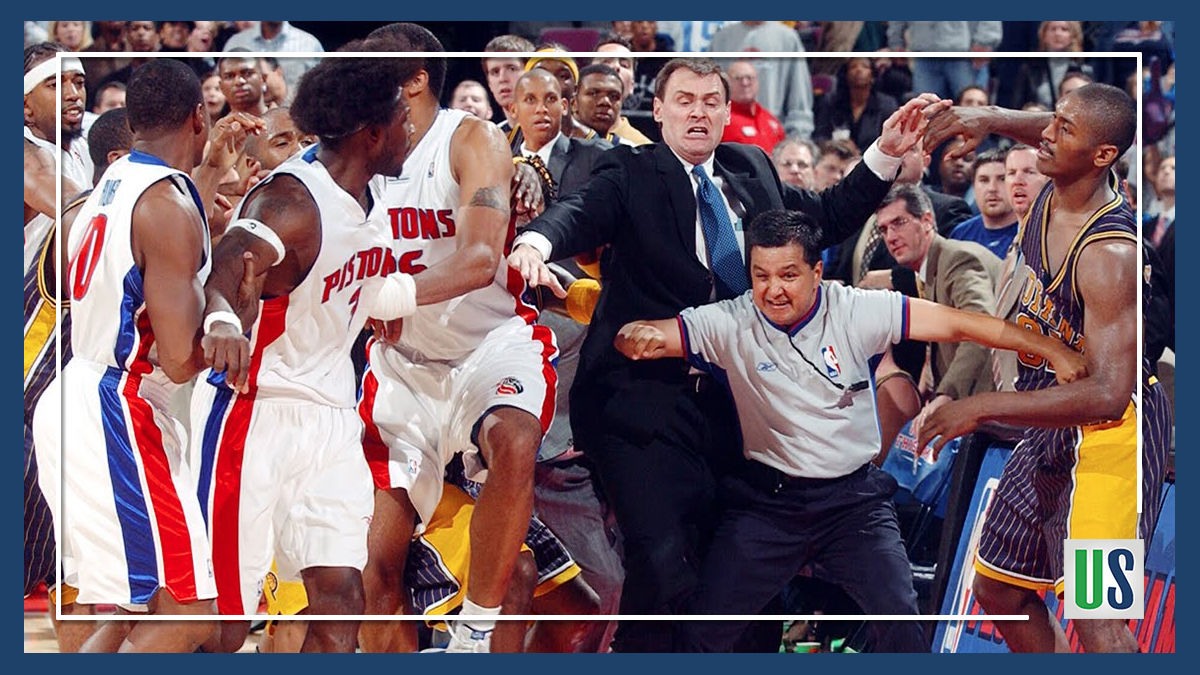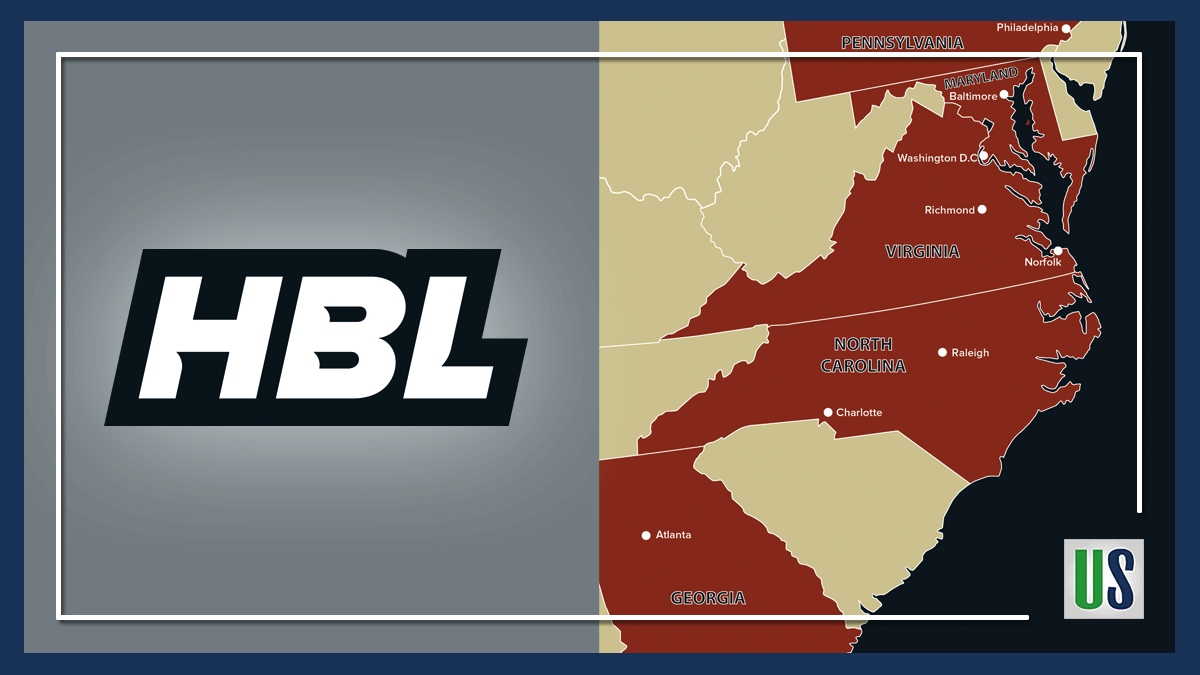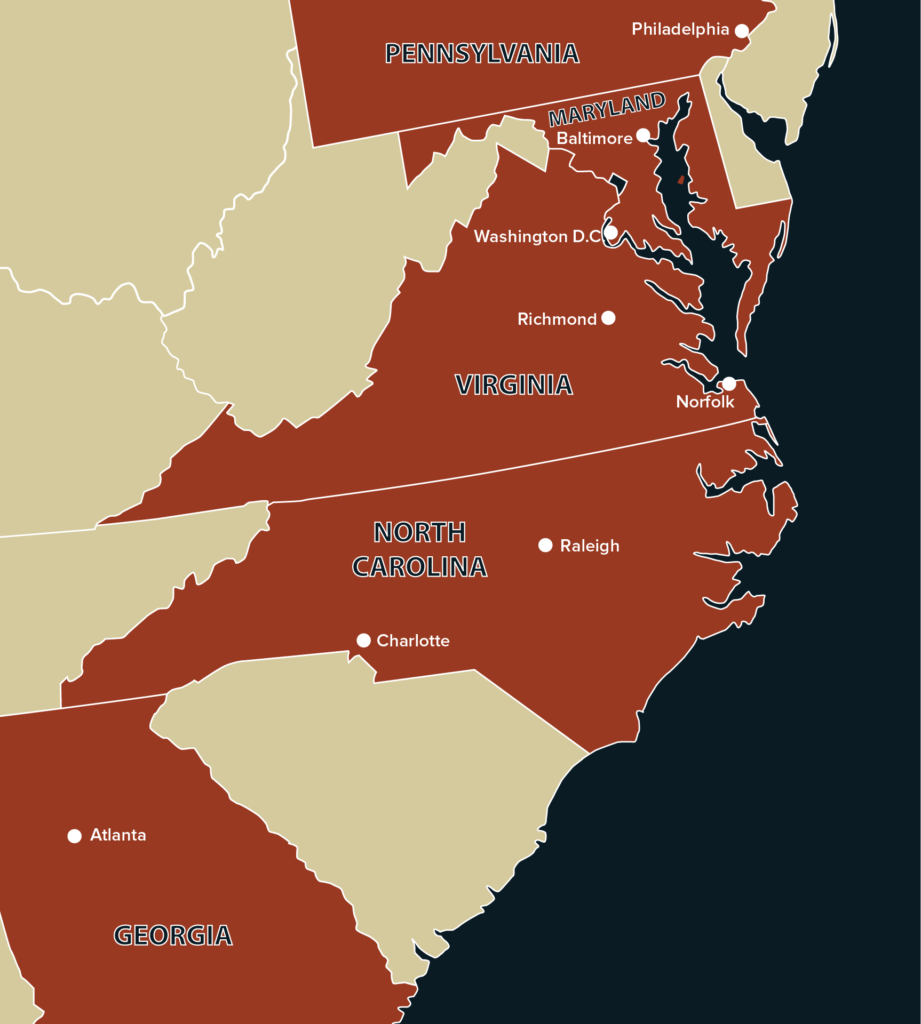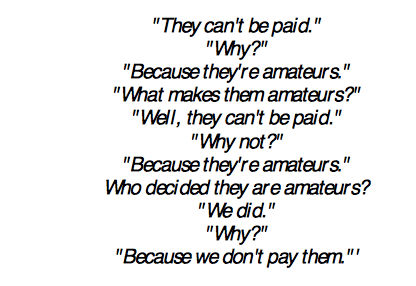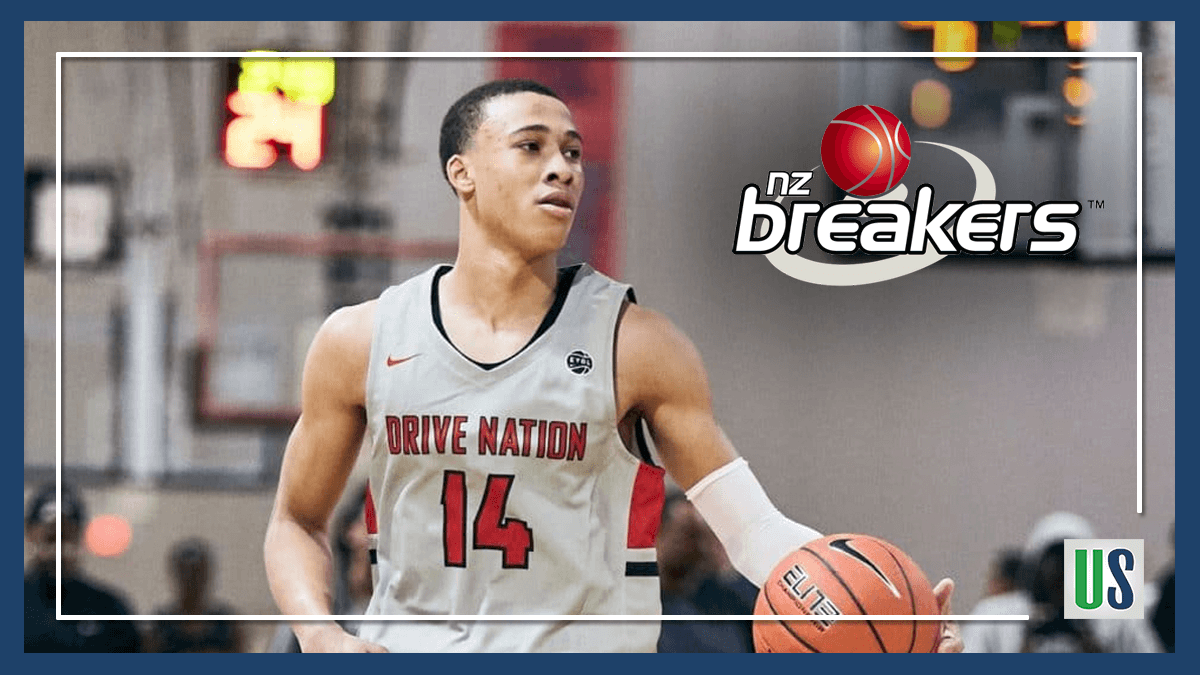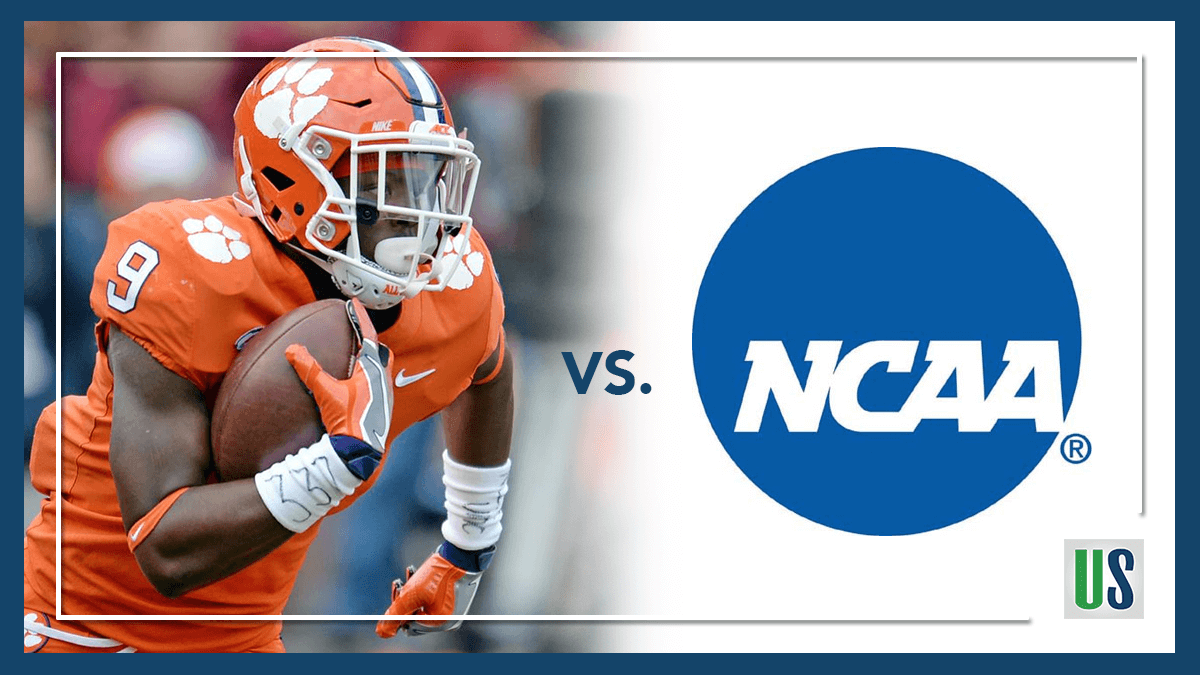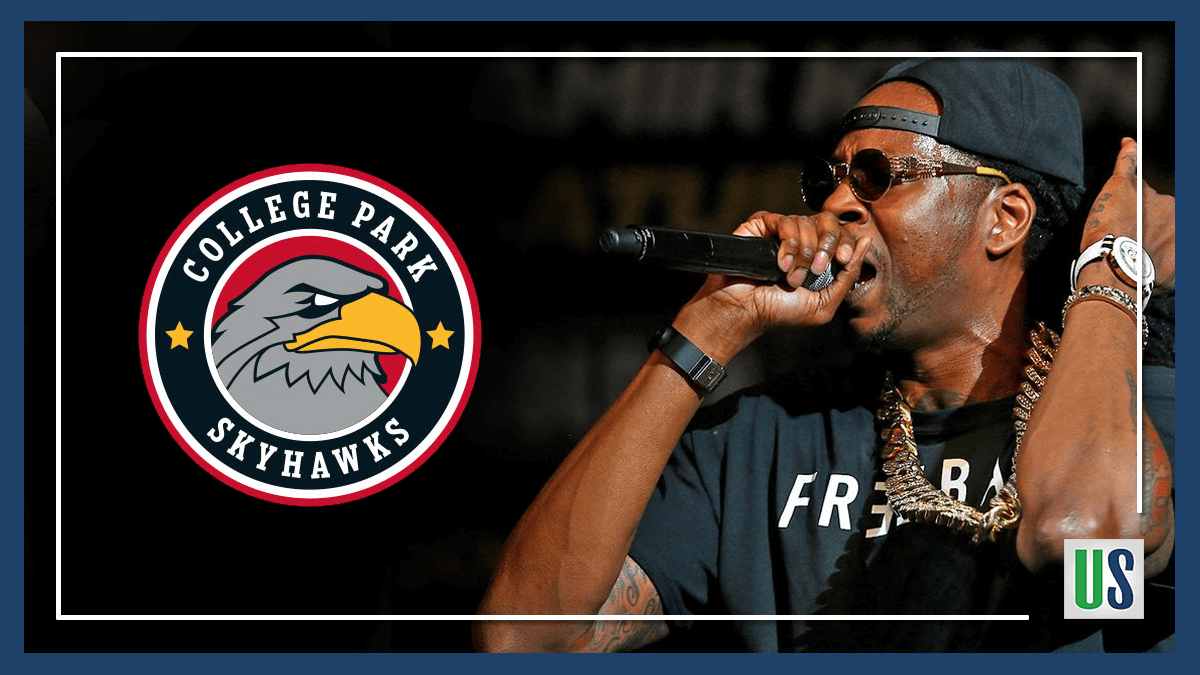Though the above is a live look of the New Orleans Pelicans ticket staffers learning their team won the 2019 NBA Draft lottery and right to draft Zion Williamson, it’s safe to say the Brooklyn Nets sales team experienced this same joy at the start of NBA Free Agency. The signing of Kevin Durant and Kyrie Irving signifies a coming of age story for the Nets and the end of an era for their crosstown rival. Once heralded as the “Mecca” of basketball, the aura that surrounded Madison Square Garden is gone. New York Knicks’ owner James Dolan was reportedly hesitant to sign Kevin Durant to a maximum deal. But if your team’s president has to release a statement responding to angry fans, that’s clearly not the correct business decision.
NBA Star Market Value
NBA Superstars Drive Revenue
People pay to see stars, and teams know it. Immediately after signing the two-all stars, an all-out race for Nets season tickets ensued. Currently, the cheapest ticket available is $4,000 a seat, which is quite an expense for a team that won a total of 48 games prior to the 2018-2019 NBA Season.
NBA stars do more than put fans in the seats; they serve as an economic catalyst for all other aspects of their team’s city. When Lebron James announced his “Decision” in 2010, not only did he take his talents to South Beach, but also $48 million in annual revenue. When James re-signed with Cleveland in 2014, Professor Leroy Brooks estimated his return added nearly $500 million to the local economy. The Cavaliers suffered another negative swing when Lebron moved west to the Los Angeles Lakers.
NBA teams lack profitability and marketability without a star player. Fans routinely discuss how players aren’t worth a certain contract. When Kobe Bryant became the league’s highest-paid player in 2014, he did so to show players should not feel forced to take less than their worth and stated:
“Athletes are the ones that are in the public eye the most. And so their salaries are constantly talked about, so it’s very easy to look at the athlete and say, ‘You should be doing more and you should be taking less,’ when the reality is that your market value is so much higher than what people understand.
” ‘Yeah, yeah, yeah, but you still should be taking less to win. Why do we have to do that? Because the owners locked us out and imposed a hard cap where we ‘have to’ take less in order for them to generate more revenue. Right? But meanwhile, they go and sign a TV deal that’s a billion dollars up from the last one, but that doesn’t get talked about. Nobody complains about that.”
Credit: CBS Sports
Maximum Value Under The NBA Collective Bargaining Agreement

Maximum salaries are the product of the 1998-1999 NBA lockout initiated by owners who feared player salaries were getting out of control. After the Minnesota Timberwolves gave 21-year old Kevin Garnett an extension worth six years, $126 million, billionaire owners decided they couldn’t “have the inmates running the prison.”
Now, maximum salaries are dependent on the player’s years of services. In a truly open market, superstar players such as Lebron James, Kevin Durant, Giannis Antetokounmpo, Kawhi Leonard, James Harden, Stephy Curry, Joel Embiid, and Anthony Davis would be worth at least $75 Million. Joel Embiid, Ben Simmons, Klay Thompson, Kyrie Irving, Russell Westbrook, and Nikola Jokic would easily pull in contracts worth $50 million to $60 million per year. Hell, Zion Williamson is on the verge of signing a $100 million shoe deal; it makes no sense that his perceived NBA value is $45 million over four years.
Despite the league’s continued growth, it’s unlikely that the cap will rise to a level that will allow players to receive their true worth. While it may be hard to quantify the value a superstar brings, one method would be to allow teams the ability to sign a player outside of cap space. Instead of retiring jerseys, if owners truly want to show their appreciation, this is the route they should take. Then, the future Lebrons, Durants, and Antetokounmpos would be able to live in the world Kobe hoped to create for his fellow stars.

